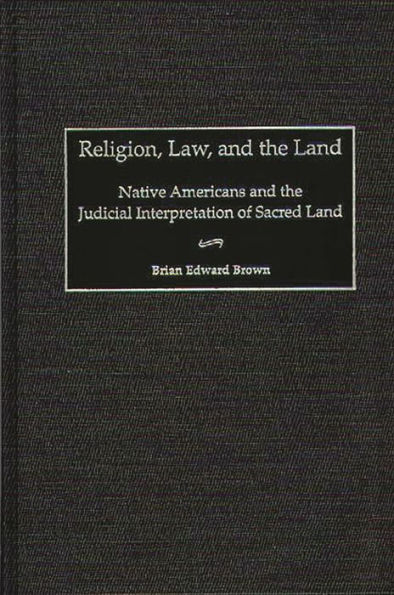5
1
9780313309724


Religion, Law, and the Land: Native Americans and the Judicial Interpretation of Sacred Land available in Hardcover

Religion, Law, and the Land: Native Americans and the Judicial Interpretation of Sacred Land
- ISBN-10:
- 0313309728
- ISBN-13:
- 9780313309724
- Pub. Date:
- 11/30/1999
- Publisher:
- Bloomsbury Academic
- ISBN-10:
- 0313309728
- ISBN-13:
- 9780313309724
- Pub. Date:
- 11/30/1999
- Publisher:
- Bloomsbury Academic
95.0
In Stock

Product Details
| ISBN-13: | 9780313309724 |
|---|---|
| Publisher: | Bloomsbury Academic |
| Publication date: | 11/30/1999 |
| Series: | Contributions in Legal Studies , #94 |
| Pages: | 208 |
| Product dimensions: | 6.14(w) x 9.21(h) x 0.50(d) |
| Lexile: | 1820L (what's this?) |
About the Author
From the B&N Reads Blog
